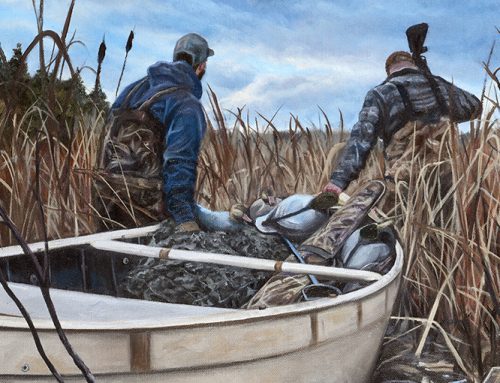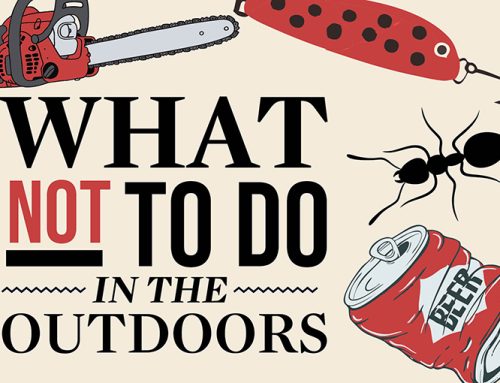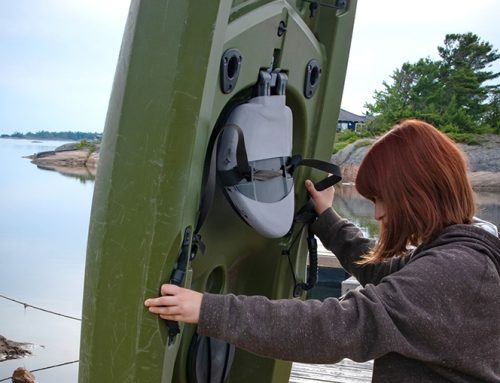
For the past few decades, coyote populations have presented a unique quandary for the world of wildlife management since they appear to contradict one of its most basic and self-evident principles: more harvest means fewer animals.
Coyote compensatory reproduction
During the 1970s, the development of several coyote population models led wildlife experts to a fascinating conclusion. Based on this information, experts theorized that coyotes, or Canis latrans, possessed the ability to compensate for hunting and trapping pressure (and subsequent population loss) with increased reproduction. In other words, kill lots of coyotes and they make lots of pups, kill fewer coyotes and they make fewer pups.
This phenomenon, known as compensatory reproduction, was initially considered so influential that many people viewed coyote management as counterproductive. Hunting and trapping, it was argued, would simply lead to stronger populations than ever before.
An incomplete picture
While modelling did make a solid car for compensatory reproduction, there hasn’t been a lot of real-world data to back it up. Until recently, only two studies involving on-the-ground research had been published on the subject, one of which found strong evidence of compensatory reproduction in coyotes, the other found none.
That’s why, in 2010, research biologist John C Kilgo (US Forest Service) and colleagues began a study of the little-examined coyote populations of the southeastern United States. The resulting 2017 paper, “Reproductive characteristics of coyote populations before and during exploitation” concluded that, while compensatory reproduction does play a role in population recovery, there is a far greater influence at play: immigration.
Open-door policy
Within the last decade or so, it has become increasingly clear that coyotes aren’t all the social, pack-oriented animals we imagine them to be. Instead, a significant portion of a region’s overall population (in some cases well over 30%) is made up of transient, free-roaming animals. What the models of old had not considered, sometimes by their own admission, was that reducing a localized population through hunting, trapping, and other pressures, would only serve to create vacancies for these transient animals.
In Kilgo’s view, with so many free-roaming coyotes existing across the landscape, even the most comprehensive management regime would be unlikely to reduce a local population for long.
Bringing it home
The big question, of course, is whether these results apply to Ontario. They do, according to Ministry of Northern Development, Mines, Natural Resources, and Forestry Research Scientist Dr. Brent Patterson.
“Similar to the Kilgo et al. study referenced above, (ministry) research suggests that compensatory reproduction by coyotes is unlikely to be a major contributor to the high resiliency of coyotes to intense harvest pressure,” he said.
Instead, unpublished ministry research points to the link between core breeding animals and transients.
In any given coyote population, Brent explained, there are only a handful of mature, territorial animals that reproduce. Most coyotes being harvested in Ontario and elsewhere are actually immature, not these key breeders, and their removal does little to stem the production of new coyote pups. When one of the core breeders does get killed, however, its place in the reproductive cycle is quickly filled by a transient animal and the coyote factory keeps chugging along.
Keeping it real
So where does this leave us?
On the one hand, we can be confident that coyote hunting and trapping are not actually counterproductive activities, since exploitation doesn’t increase an area’s carrying capacity. More importantly, even a year-round open season with no bag limit is not a threat to the sustainability of coyote populations.
On the other hand, it’s apparent that coyote management may not be as effective as many would like to believe. In Kilgo’s own words “…given the impossibility of implementing a trapping program over hundreds of square kilometres, which would be necessary to limit the regional pool of immigrants, control efforts are unlikely to reduce coyote populations … for longer than a few months.”
Mind you, this isn’t to say that control efforts are pointless, but we may want to manage our expectations.
Originally published in the April 2022 issue of Ontario OUT of DOORS Magazine






Coyotes were not a problem prior to mad cow disease in Southern Ontario. Pre mad cow the farmer got paid for dead stock removal. Post mad cow the farmer has to pay for the removal. Instead the farmer drags the dead stock to the back 40. More food equals healthier moms which equals more pups. Study that…. solution pay farmers for deadstock removal or in force law that is in place that improper disposal is a fine. Hunters can also be blamed for throwing out carcasses for the coyotes. Want less coyotes control their easy food supply.